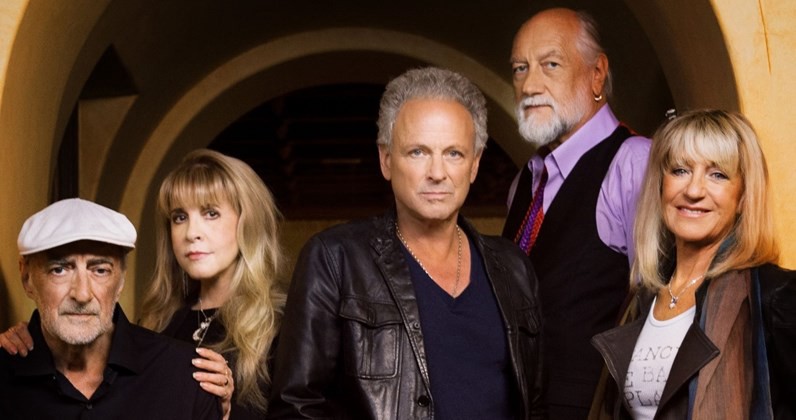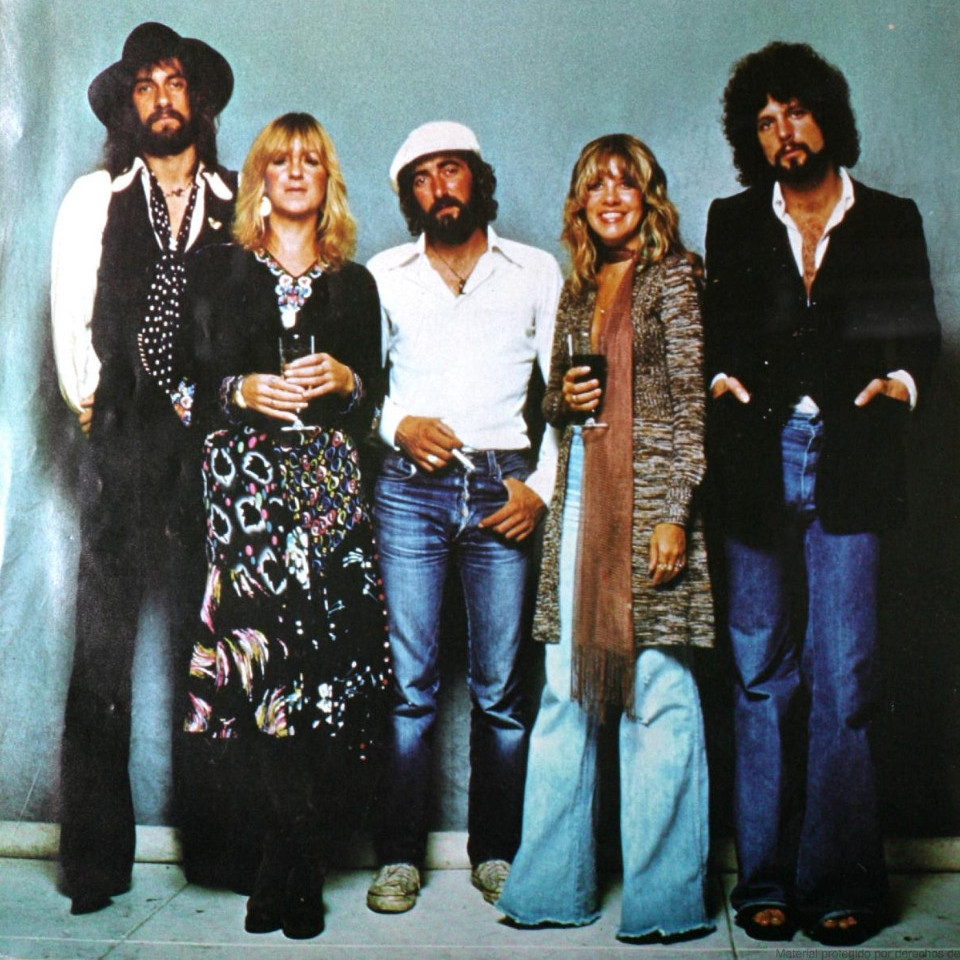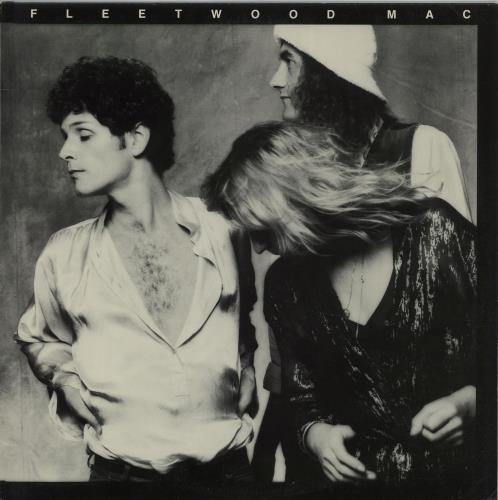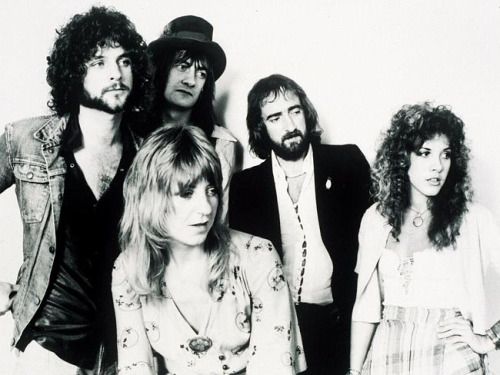Back in what I consider the Avengers hey-day, in the 70’s and early 80’s, when George Perez earned his chops and grand sagas rather than events were the driving force of this great comic, the Avengers were like a professional organization. The Fantastic Four was a family the X-Men were students drawn together by shared circumstance. The Avengers was a world-saving organization. Called together by a need to protect the world against dangers that were too much for anyone hero to stand against alone. They had probationary members, substitute members, reserve members, housing if needed, a stipend if needed, all bankrolled by millionaire, Tony Stark, who also happened to be a founding member of the Avengers, Iron Man. You had to earn your place at the table… at least for a while. Things started to loosen up and the ranks started to really swell, until the Brian Michael Bendis and subsequent writers got a hold of the team and just decided that basically every superhero should be an Avengers when needed.
It should come as no surprise that most of my favorite Avengers will be superheroines, but down here in the 20’s you’ll see a lot of guys. I tried to rank these characters on their tenure as Avengers, not on how much I enjoyed them as a comic character generally.
#25. Beast – Dr. Henry Philip “Hank” McCoy
Joined Avengers: Avengers #151 (September 1976); joined as probationary member in Avengers #137 (July 1975)
Creators: Stan Lee and Jack Kirby
Beast is a rather interesting case for being one of my favorite Avengers, because most people think of him as an X-Man, which he is, a mutant, and one of the founders, but he also had a celebrated and lengthy tenure as an Avenger. (He spent quite a bit of time with the Defenders as well). As an X-Man, Beast never really did all that much for me. I didn’t dislike him, but nothing really enamored me of him. As an Avenger, I found him to be a much needed source of light-heartedness that interacted really well with some of the more serious members. Yet his beastly appearance, and his jovial nature also hid the brilliant scientist that he was which often made him overlooked.
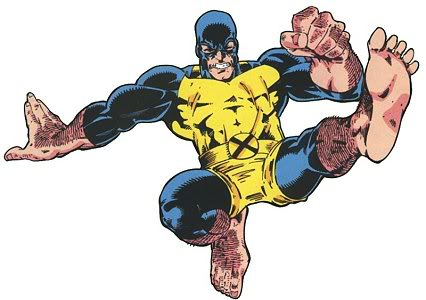 Unlike most mutants, Henry showed signs of mutation from birth: unusually large hands and feet, coupled with unusual strength and agility. Hank was also endowed with an innate superhuman intellect and during adolescence further increased his powers of simian-like augmented agility, reflexes, and strength. He was recruited by Professor Xavier to attend his School for Gifted Youngsters, and trained to become an X-Man. When he entered his twenties, he left the team and sought a career as a renown geneticist and biochemist. While working for the Brand Corporation, he developed a formula caused him to undergo radical, physical changes. Hank grew blue fur over his entire body, his muscles expanded, ears became larger and pointed, claws sprouted, and his canine teeth became larger, resembling fangs. The serum further increased his superhuman agility, endurance, speed, and strength, as well as enhanced his senses For a time, Hank struggled with his new appearance, desperate to find a way to reclaim his humanity, but over time he learned that his outward appearance wasn’t a hindrance to him, and in fact, it brought him a great deal of appeal.
Unlike most mutants, Henry showed signs of mutation from birth: unusually large hands and feet, coupled with unusual strength and agility. Hank was also endowed with an innate superhuman intellect and during adolescence further increased his powers of simian-like augmented agility, reflexes, and strength. He was recruited by Professor Xavier to attend his School for Gifted Youngsters, and trained to become an X-Man. When he entered his twenties, he left the team and sought a career as a renown geneticist and biochemist. While working for the Brand Corporation, he developed a formula caused him to undergo radical, physical changes. Hank grew blue fur over his entire body, his muscles expanded, ears became larger and pointed, claws sprouted, and his canine teeth became larger, resembling fangs. The serum further increased his superhuman agility, endurance, speed, and strength, as well as enhanced his senses For a time, Hank struggled with his new appearance, desperate to find a way to reclaim his humanity, but over time he learned that his outward appearance wasn’t a hindrance to him, and in fact, it brought him a great deal of appeal.
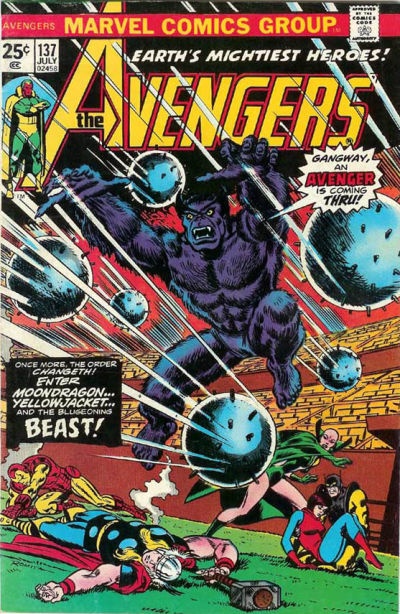 After a brief period of adventures on his own, Beast tries out for the Avengers, when they are seeking new members. He helps them out battling the Toad, and is granted probationary membership along with Moondragon. During subsequent adventures with the team, in addition to helping and old friend, Patsy Walker, take on the superheroic role of Hellcat, Beast is granted permanent membership to the team. His tenure with the Avengers is memorable due to his humor and his strong relationships made with other members of the team, most notably, Wonder Man, with whom has enjoyed an enduring friendship, something not often seen in comics. While he rushes off to aid his good friends the X-Men from time to time, he always returns to the Avengers. On of my favorite, albeit short-lived relationships Beast developed was with Jocasta, a sophisticated robot created by Ultron whose brain patterns came from Janet Van Dyne, the Wasp. Under the writing of Dave Micheline, Jocasta became the “straight man” to Beasts comic persona while they were adventuring together, and it really worked. Sadly it only last a few issues, with both Jocasta and Beast eventually leaving the team.
After a brief period of adventures on his own, Beast tries out for the Avengers, when they are seeking new members. He helps them out battling the Toad, and is granted probationary membership along with Moondragon. During subsequent adventures with the team, in addition to helping and old friend, Patsy Walker, take on the superheroic role of Hellcat, Beast is granted permanent membership to the team. His tenure with the Avengers is memorable due to his humor and his strong relationships made with other members of the team, most notably, Wonder Man, with whom has enjoyed an enduring friendship, something not often seen in comics. While he rushes off to aid his good friends the X-Men from time to time, he always returns to the Avengers. On of my favorite, albeit short-lived relationships Beast developed was with Jocasta, a sophisticated robot created by Ultron whose brain patterns came from Janet Van Dyne, the Wasp. Under the writing of Dave Micheline, Jocasta became the “straight man” to Beasts comic persona while they were adventuring together, and it really worked. Sadly it only last a few issues, with both Jocasta and Beast eventually leaving the team.
Ultimately, after leaving the Avengers and a shorter stint with his former co-probationary Avenger Moondragon in the Defenders, where he also reunites with his old X-Men pals Iceman and Angel, Beast returns to the company of mutants in X-Factor. He has stuck with the X-Men family ever since, but for some reason, his appeal for me was always stronger with the Avengers than his fellow mutants. It would be fun to explore a reunion with his old teammates where he could let his hair down and have some fun.
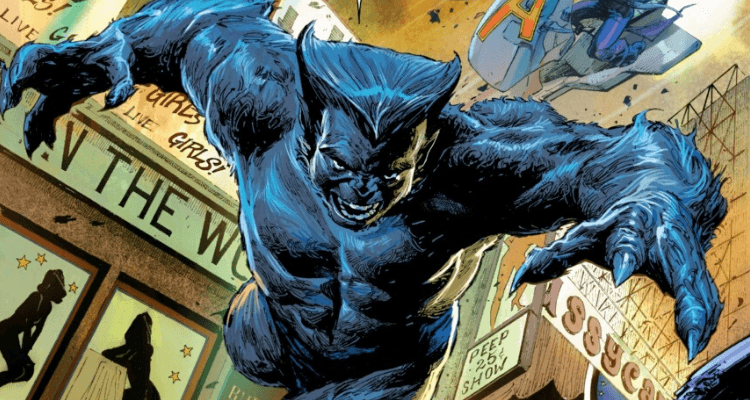
#24. Sandman – William Baker (aka Flint Marko)
Joined as a Reserve Substitute Member Avengers #329 (February 1991)
Creators: Stan Lee and Steve Ditko
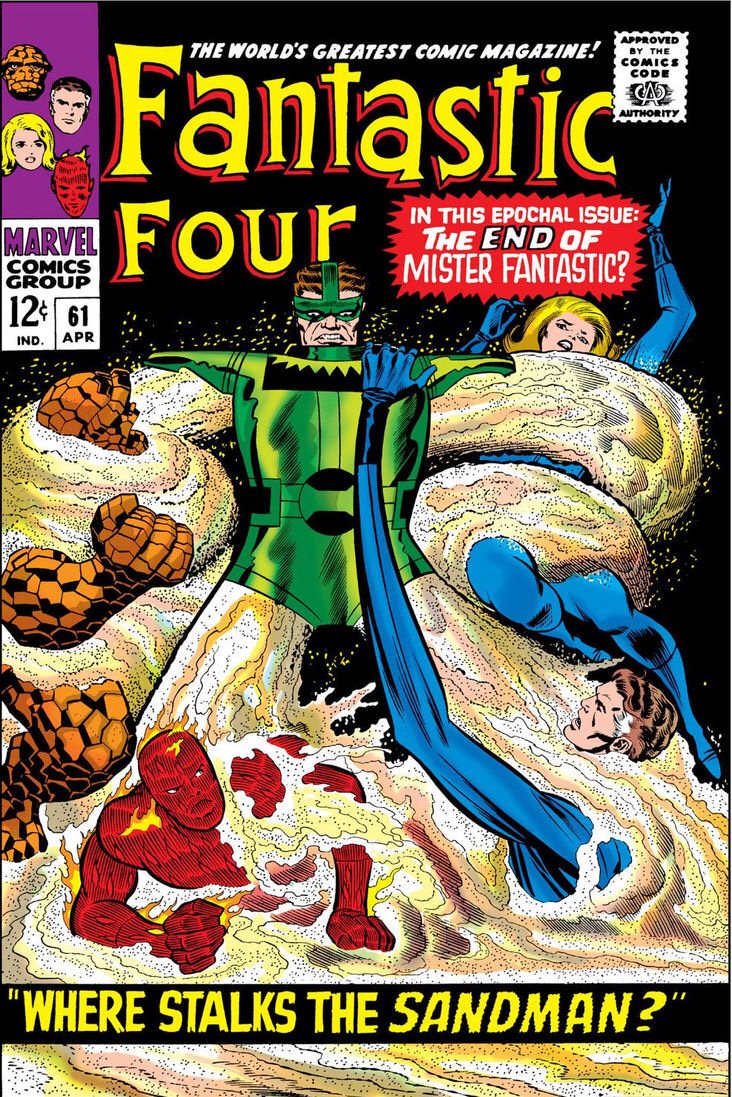 The Avengers have a long history of taking on reformed villains as members, most notably Hawkeye, Scarlet Witch, and Quicksilver, but others have followed, like the Swordsman, Wonder Man, Black Widow… even the Vision. But The Sandman was probably one of the more improbable former villains to join the team, and sadly, it didn’t last all that long, and he didn’t have many adventures with the team. The villain was created to oppose Spider-Man, and he had a long illustrious career as one of the web-slinger’s major foes. He also became a founding member of the Sinister Six, a group of Spider-Man villains who worked together, a founding member of the Frightful Four, who became arch nemeses of the Fantastic Four, and a found himself fighting other heroes such as the Hulk.
The Avengers have a long history of taking on reformed villains as members, most notably Hawkeye, Scarlet Witch, and Quicksilver, but others have followed, like the Swordsman, Wonder Man, Black Widow… even the Vision. But The Sandman was probably one of the more improbable former villains to join the team, and sadly, it didn’t last all that long, and he didn’t have many adventures with the team. The villain was created to oppose Spider-Man, and he had a long illustrious career as one of the web-slinger’s major foes. He also became a founding member of the Sinister Six, a group of Spider-Man villains who worked together, a founding member of the Frightful Four, who became arch nemeses of the Fantastic Four, and a found himself fighting other heroes such as the Hulk.
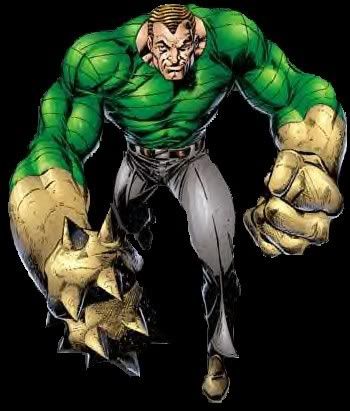 The Sandman was usually depicted as a bullying thug, but his childhood and young adulthood was pretty rough, and shows how easily a young person’s life can go off-track. Even as early as 1972, less than ten years after his introduction as a villain, writer Roy Thomas introduced some morally ambiguous motives into the character in the first issue of Marvel Team-Up featuring Spiderman. Ten years later, in 1982, Sandman shares top billing in the Thing’s team-up comic, Marvel Two-In-One where the two work together and the Thing urges him to consider going straight. After that encounter, Sandman appears sporadically assisting Spider-Man. In one such encounter, he assisted Spider-Man and the mercenary Silver Sable against the Sinister Syndicate, and Silver Sable was so impressed with the Sandman’s aid, she offered him a job. During his time with Sable, Sandman ended up working several time with the Avenger Hawkeye, and eventually ended up working with a vigilante group called the Outlaws. Through trickery initiated by the villain the Space Phantom, the Outlaws ended up tangling with the Avengers. Eventually things worked out and the two teams worked together to defeat their common enemy.
The Sandman was usually depicted as a bullying thug, but his childhood and young adulthood was pretty rough, and shows how easily a young person’s life can go off-track. Even as early as 1972, less than ten years after his introduction as a villain, writer Roy Thomas introduced some morally ambiguous motives into the character in the first issue of Marvel Team-Up featuring Spiderman. Ten years later, in 1982, Sandman shares top billing in the Thing’s team-up comic, Marvel Two-In-One where the two work together and the Thing urges him to consider going straight. After that encounter, Sandman appears sporadically assisting Spider-Man. In one such encounter, he assisted Spider-Man and the mercenary Silver Sable against the Sinister Syndicate, and Silver Sable was so impressed with the Sandman’s aid, she offered him a job. During his time with Sable, Sandman ended up working several time with the Avenger Hawkeye, and eventually ended up working with a vigilante group called the Outlaws. Through trickery initiated by the villain the Space Phantom, the Outlaws ended up tangling with the Avengers. Eventually things worked out and the two teams worked together to defeat their common enemy.
When the Avengers reformed under a new charter by the United Nations, Captain American created two new teams, a main team and a reserve team. He also created a probationary program which consisted of the Sandman and Rage. Sandman worked with the Avengers on a handful adventures which led to a Presidential pardon for him. He eventually returned to his work with Silver Sable as part of her Wild Pack, and after that, through manipulations by the Wizard, ended up working again as a villain. His career since then has been checkered, as he struggled with his baser instincts, eventually even splitting into two beings, one good and one evil. During this time he participated in a few Avengers adventures, most notably when the villain Morgan Le Fay rewrote reality to create a medieval kingdom that she ruled. In more recent years, Sandman has continued his struggle with his darker side, and his physical form started to devolve. His latest adventures have turned fairly tragic, and he ended up several his ties with the Avengers as well.
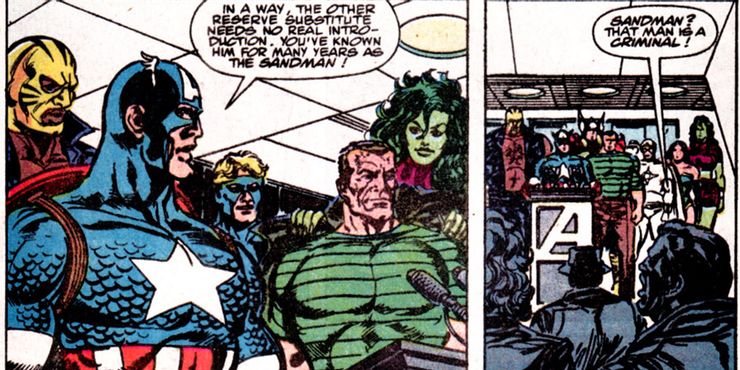
I would have enjoyed seeing the Sandman be a part of the regular team for a longer period. His power set is really interesting and allows him to do many things. The Sandman has the ability to transform his body to be hardened, compacted, dispersed or shaped, or a combination of those qualities, an Earth manipulation of sand and rock particles. More often than not in combat, this ability enables him to absorb most blows with little to no ill effect other than reforming himself. In addition to his superb endurance, the Sandman possesses superhuman strength several times more than Spider-Man’s and on a par with the Thing’s.
I also enjoyed his noble struggle to walk on the heroic side of life. Despite their many battles, Sandman and the Thing shared an empathy over their tragic, physical challenges, and even after he had reverted to his criminal ways, he helped the Thing several times. I think he would have been a great Avengers West Coast member, with Hawkeye, himself a former villain, acting a a strong mentor for him.
#23. Firestar – Angelica “Angel” Jones
Joined as a Reserve Member Avengers vol. 3 #4 (May 1998); Promoted to full status in Avengers vol. 3 #7 (1998)
Creators: Chris Claremont, John Romita Sr., John Romita, Jr., Tom DeFalco, Christy Marx, Dan Spiegel, Rock Hoberg
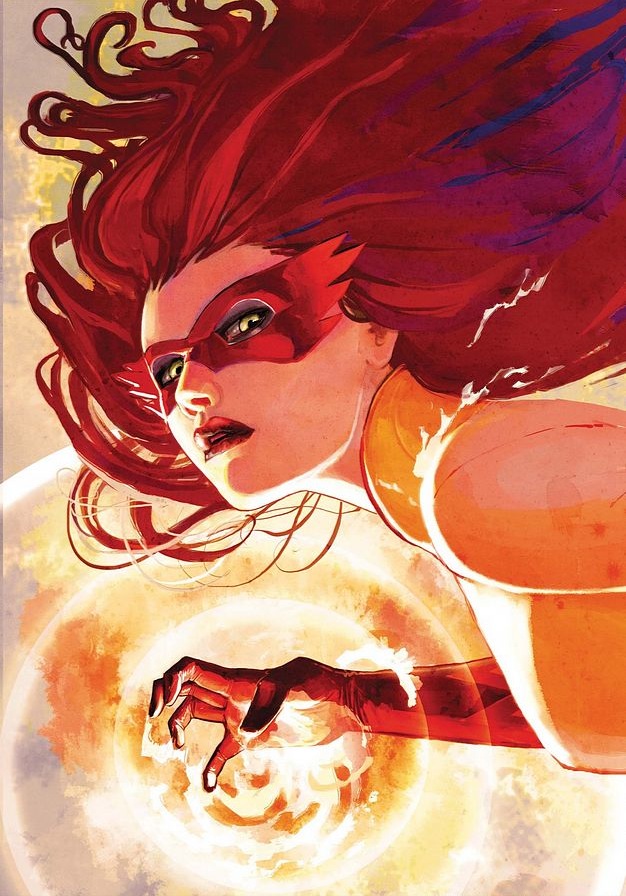 Firestar had enjoyed a pretty lengthy career before coming to the Avengers. She has the unique distinction of debuting in 1981 on the NBC animated television series, Spider-Man and His Amazing Friends, rather than in comics, along with the title character and the X-Man Iceman. The show had originally planned to feature the Human Torch, but rights to his character were not available, so they created the Firestar character. Her comics debut was in X-Men #193 in May 1986, and subsequently in her own miniseries which presented her definitive, in-continuity origin as a mutant who was recruited into the Hellions, taught my Emma Frost, the White Queen, at the prestigious private school the Massachusetts Academy, a twisted version of Professor Xavier’s School for Gifted Youngsters. Firestar’s time with the Hellion’s and the White Queen was fraught with manipulation, first at the hands of her fellow student, Empath, who used his powers to make her fall in love with him and attack the X-Men, and later by the White Queen herself, as she trained Firestar to become a weapon she would use to assassinate her rival, the Black Queen, Selene. Firestar broke free from these manipulations, and destroyed one of the Academy’s training bases before leaving the School. She also turned down Professor Xavier’s offer for her to come to his school, although she was grateful for it.
Firestar had enjoyed a pretty lengthy career before coming to the Avengers. She has the unique distinction of debuting in 1981 on the NBC animated television series, Spider-Man and His Amazing Friends, rather than in comics, along with the title character and the X-Man Iceman. The show had originally planned to feature the Human Torch, but rights to his character were not available, so they created the Firestar character. Her comics debut was in X-Men #193 in May 1986, and subsequently in her own miniseries which presented her definitive, in-continuity origin as a mutant who was recruited into the Hellions, taught my Emma Frost, the White Queen, at the prestigious private school the Massachusetts Academy, a twisted version of Professor Xavier’s School for Gifted Youngsters. Firestar’s time with the Hellion’s and the White Queen was fraught with manipulation, first at the hands of her fellow student, Empath, who used his powers to make her fall in love with him and attack the X-Men, and later by the White Queen herself, as she trained Firestar to become a weapon she would use to assassinate her rival, the Black Queen, Selene. Firestar broke free from these manipulations, and destroyed one of the Academy’s training bases before leaving the School. She also turned down Professor Xavier’s offer for her to come to his school, although she was grateful for it.
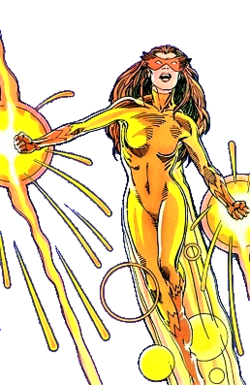 Firestar was next contacted by the hero Night Thrasher to join a new team of teenage superheroes called the New Warriors. She joined with them for a long tenure, gradually developing a romantic relationship with Marvel Boy (later known as Justice). During her lengthy stint with the New Warriors, she discovered that continued use of her powers could make her infertile, so she used them less and less. Shortly before leaving the team, Angelica proposed to Justice, and he accepted.
Firestar was next contacted by the hero Night Thrasher to join a new team of teenage superheroes called the New Warriors. She joined with them for a long tenure, gradually developing a romantic relationship with Marvel Boy (later known as Justice). During her lengthy stint with the New Warriors, she discovered that continued use of her powers could make her infertile, so she used them less and less. Shortly before leaving the team, Angelica proposed to Justice, and he accepted.
When the Avengers were reforming after a year of inactivity, Justice, who was quite enamored with the team, convinced Firestar to join him in an effort to join. After showing their worth on an adventure with the team, they were accepted as reserve members under the tutelage of Hawkeye, graduating to full membership soon thereafter. She shared her health concerns to her fellow members, and Dr. Hank Pym developed a special costume for her that shielded her from the detrimental effects of her powers while her body built up a natural immunity to it. The two served a distinguished term with the Avengers, helping them infiltrate a mysterious cult, stop the mad campaign of Ultron, and struggling for nearly a year against the villainous Kang the Conqueror, who had taken control the United States. Thereafter the two retired to work on their relationship before they were to get married. Angelica started college and enjoyed a normal life for a time, but her relationship with Justice developed some strain, and she confessed that she needed more life experience before settling into married life. Justice left in anger and presumably ended their engagement. The two have since become friends.
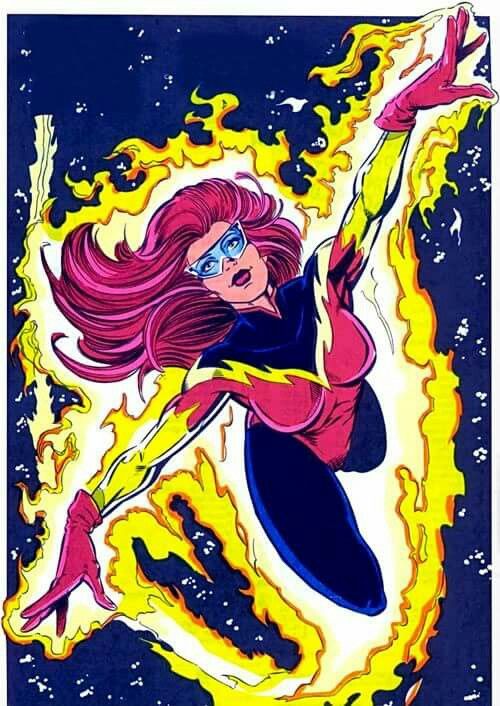 Since leaving the Avengers, Firestar got her degree, retired briefly from heroics after the Superhuman Registration Act was passed into law, subsequently worked with a team called the Young Allies, got a job teaching Physics at the Jean Grey School of Higher Learning and joined the X-Men as a sometime member. She currently resides on the mutant island of Krakoa alongside the X-Men.
Since leaving the Avengers, Firestar got her degree, retired briefly from heroics after the Superhuman Registration Act was passed into law, subsequently worked with a team called the Young Allies, got a job teaching Physics at the Jean Grey School of Higher Learning and joined the X-Men as a sometime member. She currently resides on the mutant island of Krakoa alongside the X-Men.
Firestar’s mutant ability allows her to tap into Earth’s electromagnetic field and convert it into microwave radiation emissions, which she can utilize in different ways. She can focus microwaves on a specific target, and cause it to burst into flame, or explode, or melt. She can also sense microwave signals (such as cell-phone signals or even remote-control devices) and disrupt electronics with her own microwave emissions. The nature of Firestar’s power grants her the capacity for large-scale destruction. However, she typically limits how much of her own power she accesses for fear of permanently damaging the planet, its atmosphere, and electromagnetic field. In space, she is far less inhibited and can access greater levels of ambient electromagnetic energy to fuel her powers. Her manipulation of microwaves also allows her to fly.
Firestar added a nice and unique outlook to the Avengers, as a reluctant member. She was mainly there to support her fiancee. She added a great deal of virtue, courage and power, but she was insecure, hesitant about the physical affects her power was having on her body, and slow to bond with her teammates. She really came into her own powerfully during the struggle with Ultron, being one of the heavy hitters alongside the likes of Thor and Iron Man. I wouldn’t mine seeing Firestorm alongside the Avengers again for an adventure or two, without Justice and see what path her development would take.
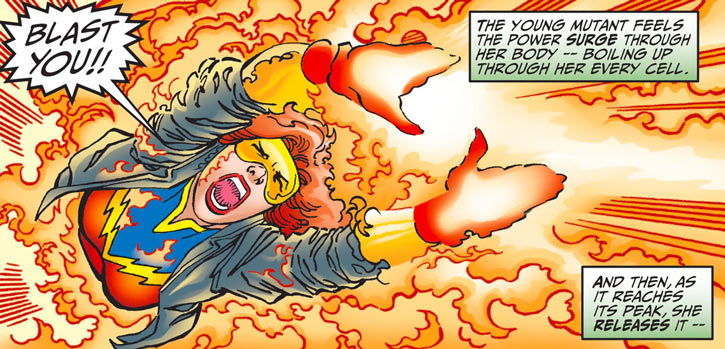
#22. Thor – Thor Odinson, formerly Dr. Donald Blake
Joined in Avengers #1 (September 1963)
Creators: Stan Lee and Jack Kirby
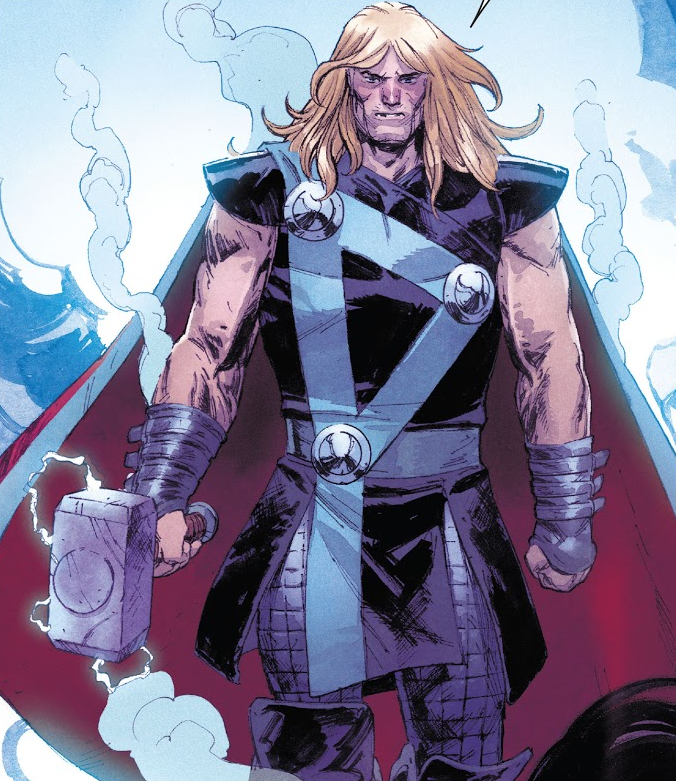 Thor is a founding member of the Avengers, and one of the more well-known members of the team due to his feature roll in the Marvel Cinematic Universe. Thor is part of a long-lived race of beings worshipped as gods in the Norse pantheon of Asgardians. He is the blood-son of Odin, All-Father of the Asgardians, and Jord, known as Gaea, the earth-goddess who was one of the Elder Gods. He is colloquially known as the god of thunder and wields the Uru hammer, Mjolnir, forged by ancient dwarves, upon which various enchantments were bestowed by Odin. Only someone worthy is able to wield the mighty Mjolnir. Thor has been active since as early as the 9th Century AD and was widely worshipped in the early days by the Vikings of Scandinavia.
Thor is a founding member of the Avengers, and one of the more well-known members of the team due to his feature roll in the Marvel Cinematic Universe. Thor is part of a long-lived race of beings worshipped as gods in the Norse pantheon of Asgardians. He is the blood-son of Odin, All-Father of the Asgardians, and Jord, known as Gaea, the earth-goddess who was one of the Elder Gods. He is colloquially known as the god of thunder and wields the Uru hammer, Mjolnir, forged by ancient dwarves, upon which various enchantments were bestowed by Odin. Only someone worthy is able to wield the mighty Mjolnir. Thor has been active since as early as the 9th Century AD and was widely worshipped in the early days by the Vikings of Scandinavia.
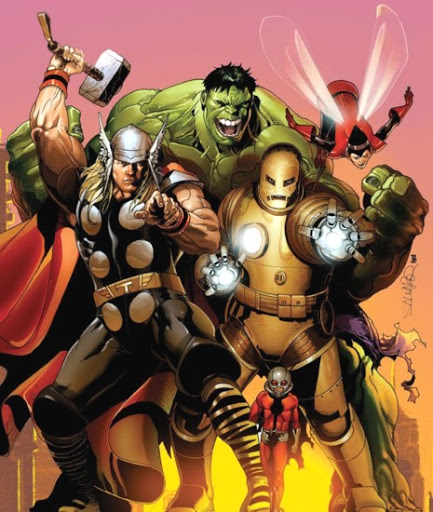 The young Thor was raised alongside Loki, who had been adopted by Odin after Loki’s Frost Giant father Laufey had been killed in battle. For all of their childhood, Loki was jealous of Thor. Loki’s jealousy, which grew to hatred, resulted in a desire to kill Thor. Thus began Loki’s enmity for Thor, which persisted for many centuries. In fact, it was because of this conflict that the Avengers came into being. When Loki’s manipulations forced several of Earth’s mightiest heroes to band together to stop the Hulk, Thor became a founding member of the team which consisted of Iron-Man, Giant-Man, the Wasp and the afore-mentioned Hulk. Thor has been a consistent member of the Avengers since its inception, He has, however, left the team several times for extended leaves of absence. Currently, Thor as assumed the mantle of the Asgardian All-Father, as Odin stepped down as the from his rule.
The young Thor was raised alongside Loki, who had been adopted by Odin after Loki’s Frost Giant father Laufey had been killed in battle. For all of their childhood, Loki was jealous of Thor. Loki’s jealousy, which grew to hatred, resulted in a desire to kill Thor. Thus began Loki’s enmity for Thor, which persisted for many centuries. In fact, it was because of this conflict that the Avengers came into being. When Loki’s manipulations forced several of Earth’s mightiest heroes to band together to stop the Hulk, Thor became a founding member of the team which consisted of Iron-Man, Giant-Man, the Wasp and the afore-mentioned Hulk. Thor has been a consistent member of the Avengers since its inception, He has, however, left the team several times for extended leaves of absence. Currently, Thor as assumed the mantle of the Asgardian All-Father, as Odin stepped down as the from his rule.
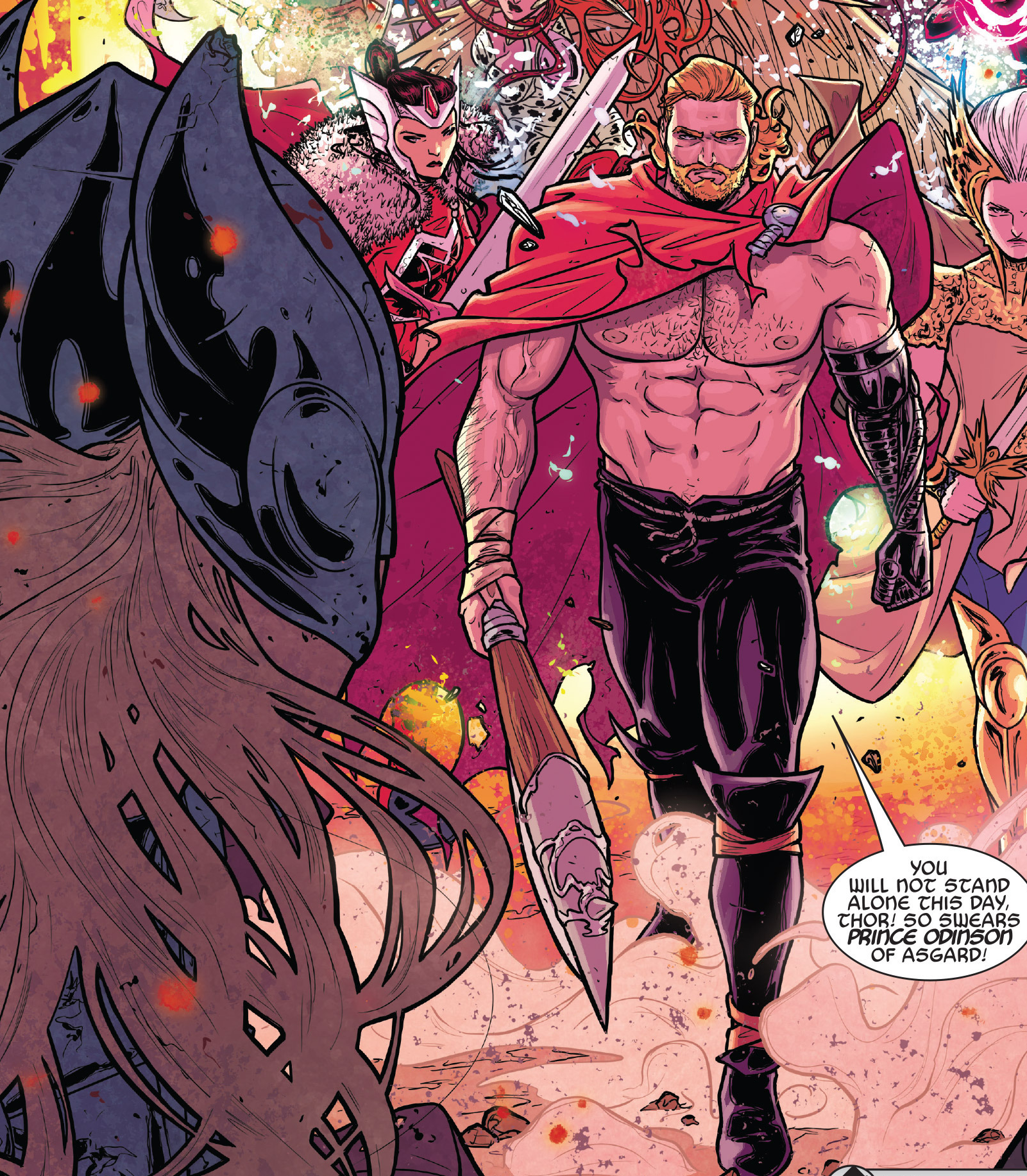 Biologically half-Asgardian on his father’s side and half-Elder God on his mother’s side; Thor possesses a number of superhuman attributes common among the Asgardian and other gods. However, due to his unique birth, some are considerably more developed than those of the vast majority of his race, including his strength, endurance and resistance to injury. Thor has the ability to manipulate vast amounts of energy, using Mjolnir he can channel the storm’s energy into blasts so powerful that he can destroy nearly anything. Thor can also channel his godly energies through Mjolnir, creating rays powerful enough to kill even immortals. Thor has the ability to control the elements of storm, both with and without Mjolnir. He is currently able to wield the Odin Force as well. The Odin Force enabled him to tap into the resources of cosmic and mystical energies of the dimension Asgard exists within, enhancing all of his abilities in turn.
Biologically half-Asgardian on his father’s side and half-Elder God on his mother’s side; Thor possesses a number of superhuman attributes common among the Asgardian and other gods. However, due to his unique birth, some are considerably more developed than those of the vast majority of his race, including his strength, endurance and resistance to injury. Thor has the ability to manipulate vast amounts of energy, using Mjolnir he can channel the storm’s energy into blasts so powerful that he can destroy nearly anything. Thor can also channel his godly energies through Mjolnir, creating rays powerful enough to kill even immortals. Thor has the ability to control the elements of storm, both with and without Mjolnir. He is currently able to wield the Odin Force as well. The Odin Force enabled him to tap into the resources of cosmic and mystical energies of the dimension Asgard exists within, enhancing all of his abilities in turn.
Thor’s appearances with the Avengers vary greatly based on whoever is writing the story. Obviously, when fighting against his teammates, it doesn’t make sense to show him wielding the full extent of his powers, or else he wouldn’t need anyone to assist him. One interesting storyline featured the demi-goddess Moondragon arguing with Thor that he was basically “slumming” with mortals when he served on the Avengers, calling him a hypocrite when he served with the team. She proposed that he was subconsciously holding back so as not to obliterate the human-based villains that he faced while with the team. It was an interesting argument that explained why Thor’s power levels fluctuated so wildly in his appearances. Another fascinating storyline that didn’t get enough attention, was when he was working with Firebird, during the Kang Wars. Firebird had recently discovered that she was immortal, and as a Christian, was uncomfortable with that knowledge. She had several philosophical conversations with Thor that were fascinating and insightful.
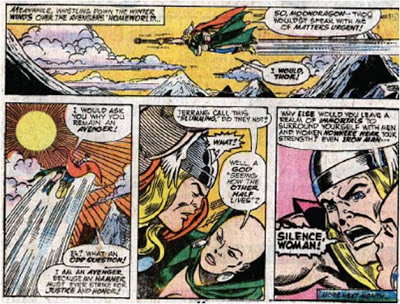
For a period of time, Thor became unworthy to wield Mjolnir. During this time, he went by the alias of Odinson, and Jane Foster, a former lover of Thor’s claimed the hammer for her own, and became the Mighty Thor, even taking his place with The Avengers. Thor wielded Mjolnir in very different ways than the traditional warrior who was Odinson, and this multi-year storyline really invigorated my interest in Thor, both as the title, and in Odinson as well.
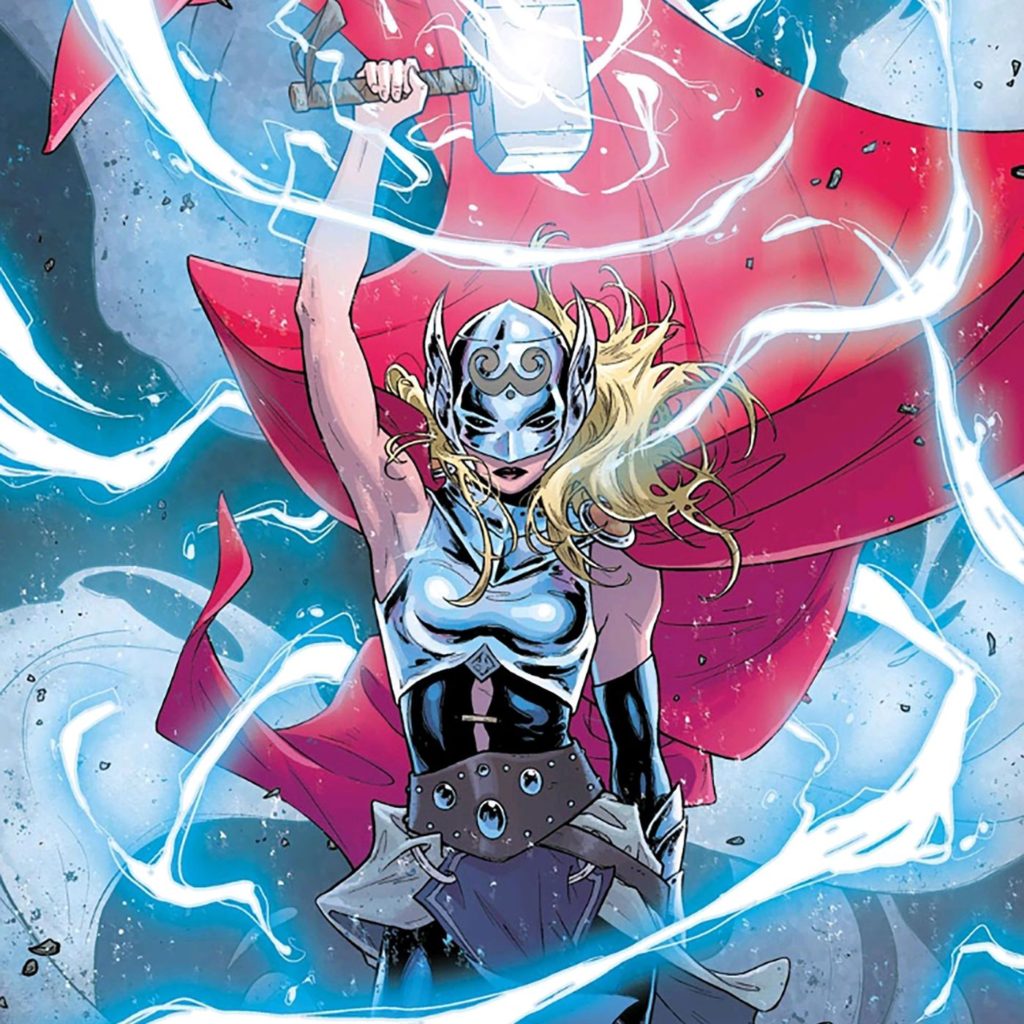
#21. Sersi – Circe
Joined in Avengers #314 (February 1990)
Creators: Stan Lee, Robert Bernstein, and Jack Kirby
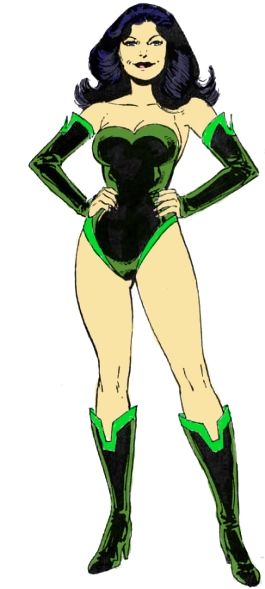 Sersi is a member of the Eternals, a long-lived race of superhumans that were an evolutionary offshoot of humanity, created by Jack Kirby. Sersi was born in Greece, sometime after the Great Cataclysm that sank the island nation of Atlantis. Sersi was different than her fellow Eternals in that she enjoyed living amongst humanity rather than in isolation. It is said that Homer based his character Circe from The Odyssey, who turned men into pigs, on her. As Circe, she also imprisoned the devilish imps in Pandora’s Box in ancient times.
Sersi is a member of the Eternals, a long-lived race of superhumans that were an evolutionary offshoot of humanity, created by Jack Kirby. Sersi was born in Greece, sometime after the Great Cataclysm that sank the island nation of Atlantis. Sersi was different than her fellow Eternals in that she enjoyed living amongst humanity rather than in isolation. It is said that Homer based his character Circe from The Odyssey, who turned men into pigs, on her. As Circe, she also imprisoned the devilish imps in Pandora’s Box in ancient times.
In more recent times, Sersi battled the Eternal’s hated enemies, the Deviants in New York City where she encountered the Avenger Thor. She first came into contact with other Avengers when The Wasp and Starfox crashed one of her legendary parties. She was thrilled to welcome them and even more thrilled to discover that Starfox was her long-lost “cousin” of the Titan Eternals. Shortly thereafter Captain America had need of someone with illusion casting or shape changing abilities for help with a case he was working on. She got great pleasure in flirting with the straight-laced hero and helped the Avengers on several cases. When her fellow Eternal Gilgamesh, who was an Avengers for a short time, was injured in battle, Captain American asked her to join in his place, and she was happy to do so.
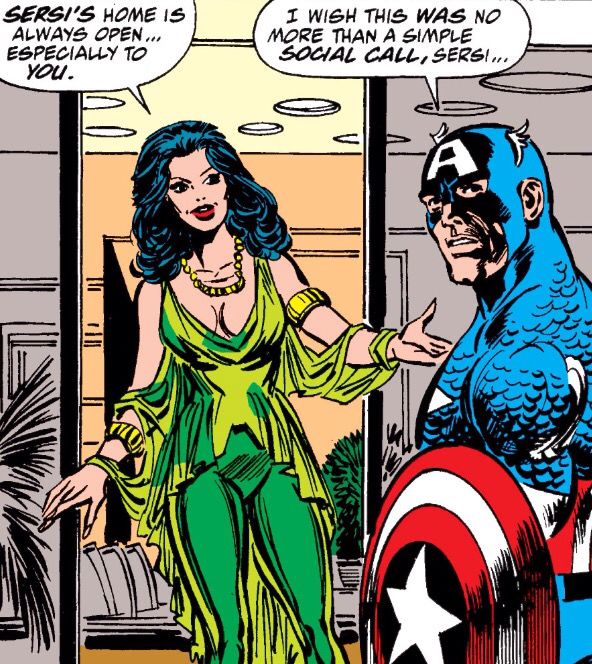 Sersi proved to be a powerful addition to the team and she served with them for quite some time. During an attack on the Earth by the Brethren, Sersi was forced to form a Uni-Mind with their leader, Thane Ector. Such a union, between two different species, is forbidden by the Eternals, as it may lead to the breakdown of the Eternals mental disciplines.Some months after this, Sersi became more aggressive, and this may have been due to the Uni-Mind with the Brethren. or, it may also have been due to the machinations of Proctor, a man from an alternate reality who had been spurned by the Sersi from his world. Her formed a group known as the Gatherers, and was planning to kill all the Sersi’s across the multiverse. During this time,
Sersi proved to be a powerful addition to the team and she served with them for quite some time. During an attack on the Earth by the Brethren, Sersi was forced to form a Uni-Mind with their leader, Thane Ector. Such a union, between two different species, is forbidden by the Eternals, as it may lead to the breakdown of the Eternals mental disciplines.Some months after this, Sersi became more aggressive, and this may have been due to the Uni-Mind with the Brethren. or, it may also have been due to the machinations of Proctor, a man from an alternate reality who had been spurned by the Sersi from his world. Her formed a group known as the Gatherers, and was planning to kill all the Sersi’s across the multiverse. During this time, 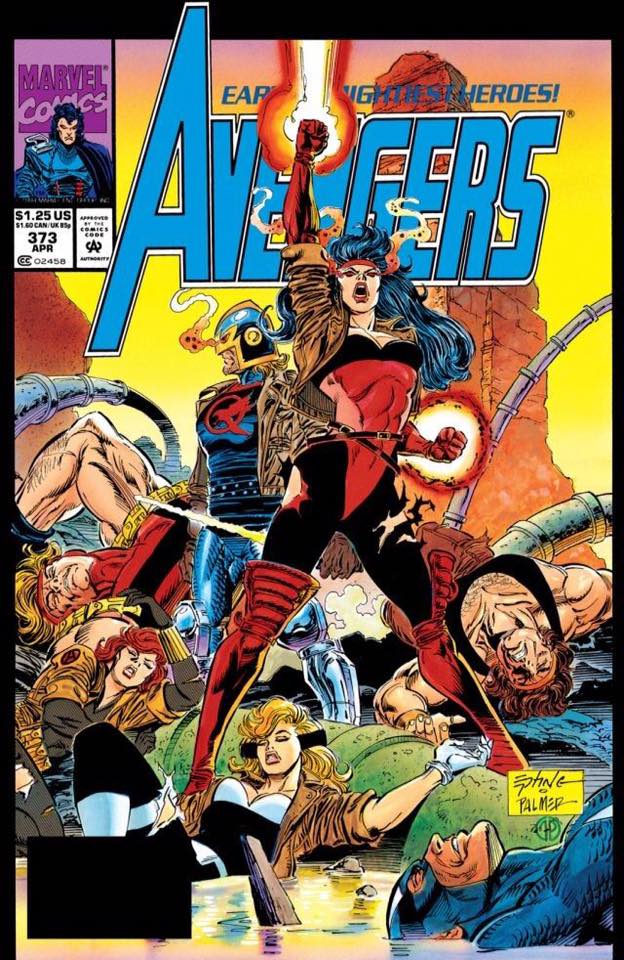 Sersi began a relationship with fellow Avenger, the Black Knight. Unbeknownst to both of them, however, was the fact that Proctor was actually an alternate reality version of the Black Knight himself.
Sersi began a relationship with fellow Avenger, the Black Knight. Unbeknownst to both of them, however, was the fact that Proctor was actually an alternate reality version of the Black Knight himself.
I really disliked the entire Proctor and the Gatherers storyline and most of the work Bob Harras did on the Avengers. I found the romantic triangle between Sersi, Black Knight and Crystal to forced and unsavory. Sersi’s descent into madness was yet another case of a woman being uanble to be powerful. His radical shift of personality for the Black Knight into a rugged, brooding, 90’s hunk with long straggy hair and permanent stubble was boring. While I know there were some readers who look back on that epic fondly I thought it was a poorly conceived story and a disappointing way to send Sersi off, from her otherwise fairly distinguished tenure on the team.
Sersi and the Eternals were given another go in the mid 2000’s under Neil Gaiman’s pen, and haven’t really been seen since. Of course, next year they will show up on the big screen as part of the Marvel Cinematic Universe. It will be interesting to see how their complex tale fares.

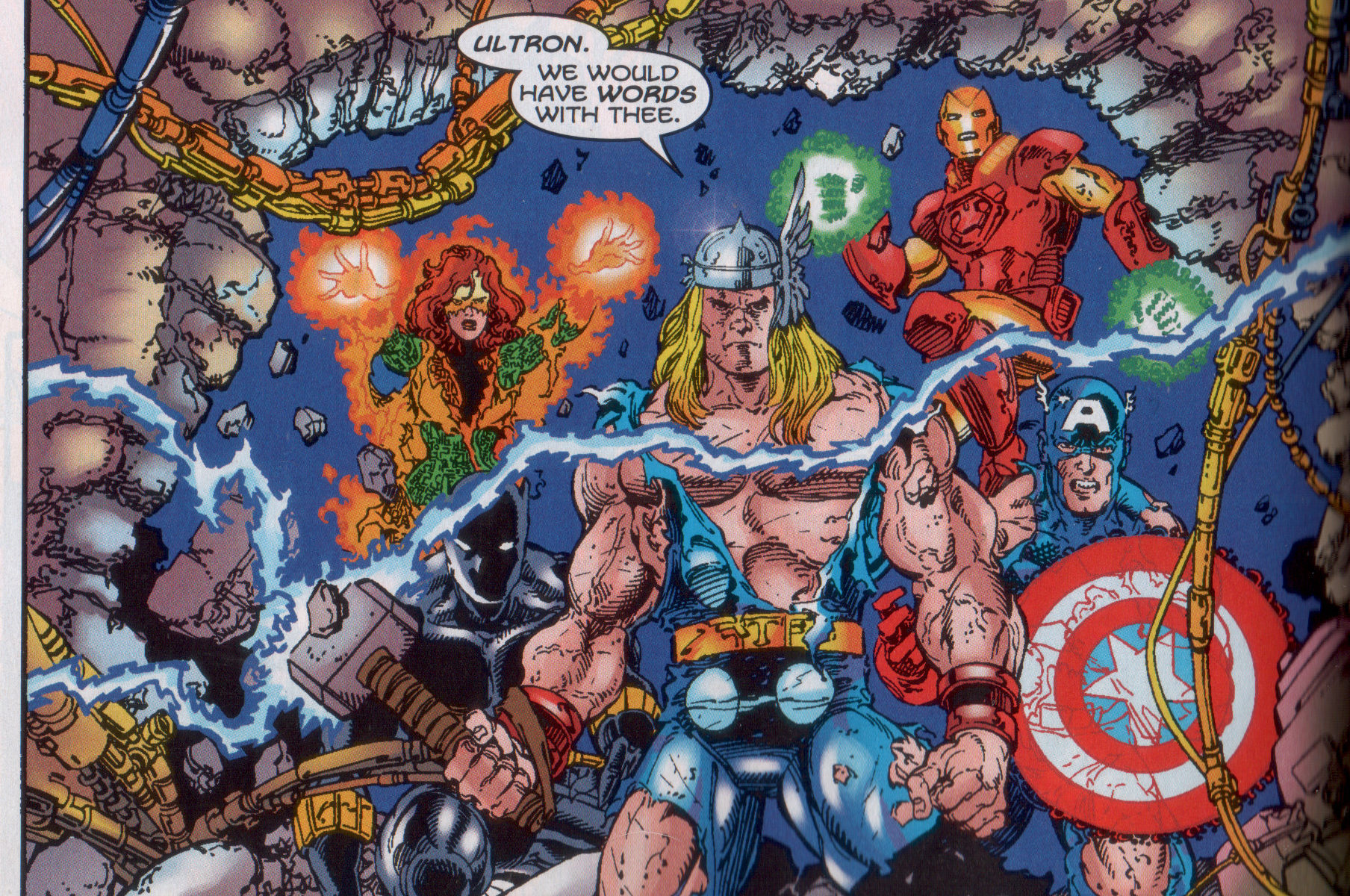
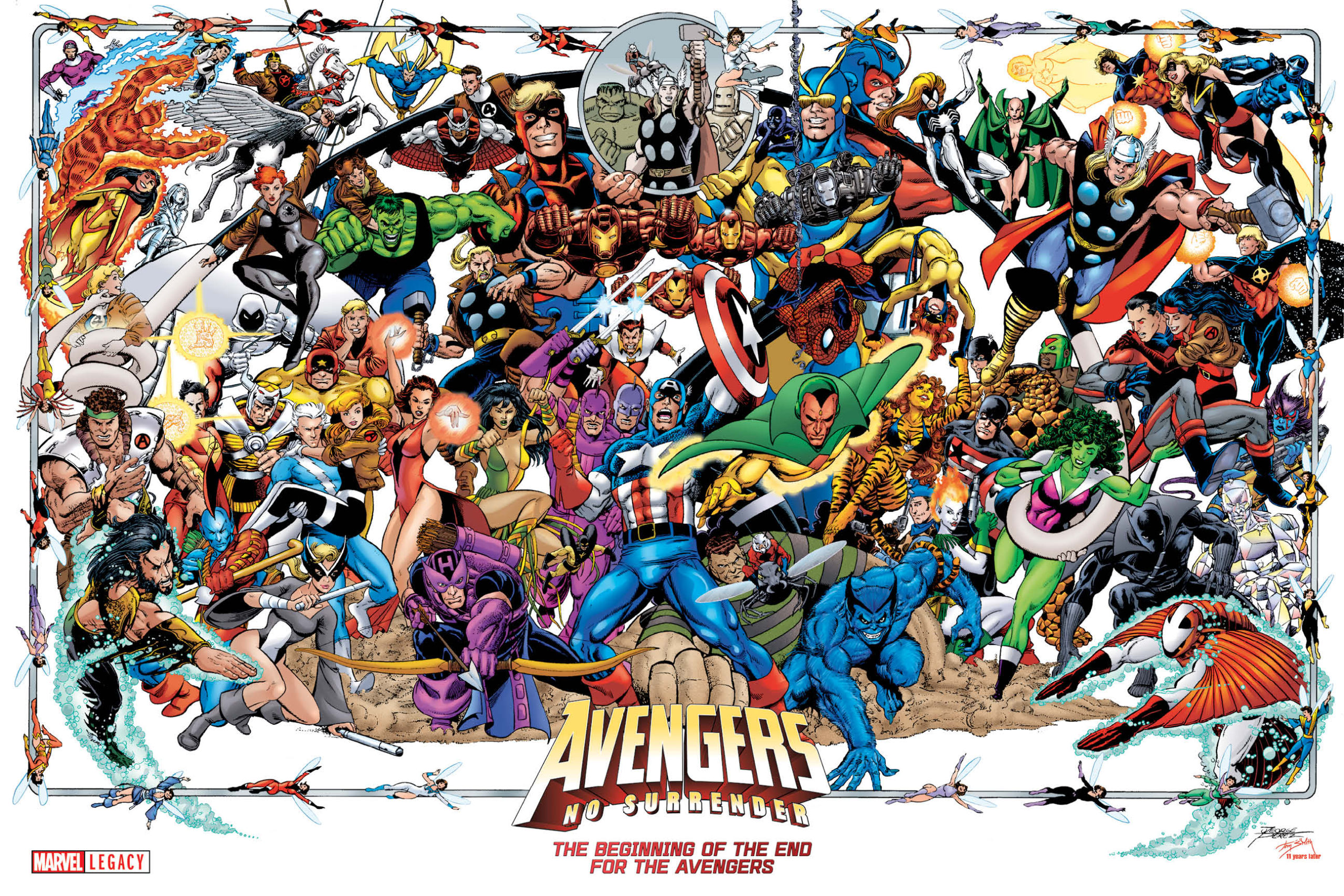
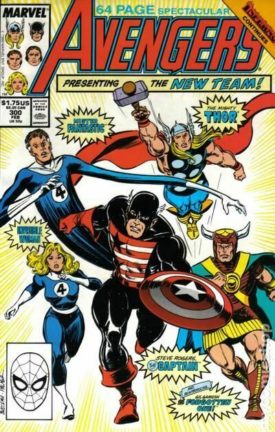 There are a handful of exceptions, though, starting with Susan Storm Richard, The Invisible Woman. Anyone reading this probably knows that Susan is my all-time favorite comic book character. Did you also know that she is an Avenger? (Once an Avengers, Always an Avenger). For four short months in 1989, Reed Ricchards (Mr. Fantastic) and Susan were members of the Avengers. It was an embarrassingly short run for Marvel editorial reasons, and despite my love for the character, it seems silly to include her on this list with a high ranking because I love the character, or a low ranking due to her brief status on the team. So I’ve ignored her membership in creating this list all together. Similarly, Storm, my 7th favorite X-Man (and 25th favorite super-heroine) would be a prime candidate to do well on my list of favorite Avengers, but for similar reasons, her tenure which began in 2011, lasted less than year as Avengers vs. X-Men tore her away from the team. I’ve decided not to count her as an Avengers for the purposes of this list as well.
There are a handful of exceptions, though, starting with Susan Storm Richard, The Invisible Woman. Anyone reading this probably knows that Susan is my all-time favorite comic book character. Did you also know that she is an Avenger? (Once an Avengers, Always an Avenger). For four short months in 1989, Reed Ricchards (Mr. Fantastic) and Susan were members of the Avengers. It was an embarrassingly short run for Marvel editorial reasons, and despite my love for the character, it seems silly to include her on this list with a high ranking because I love the character, or a low ranking due to her brief status on the team. So I’ve ignored her membership in creating this list all together. Similarly, Storm, my 7th favorite X-Man (and 25th favorite super-heroine) would be a prime candidate to do well on my list of favorite Avengers, but for similar reasons, her tenure which began in 2011, lasted less than year as Avengers vs. X-Men tore her away from the team. I’ve decided not to count her as an Avengers for the purposes of this list as well.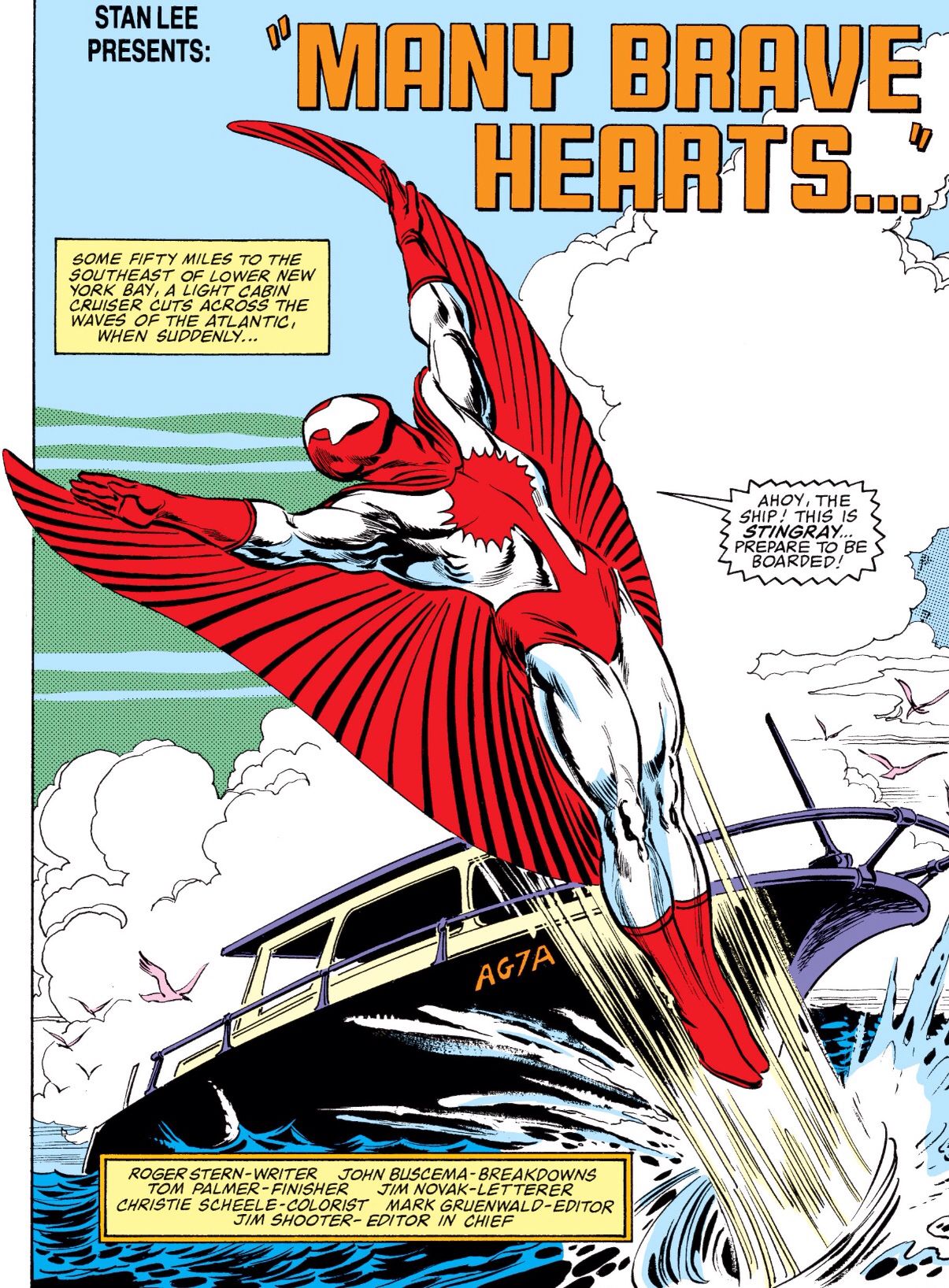 Spider Woman had a brief but respectable run in the west coast branch of the team and their follow-up, Force Works. Stingray is an oceanographer who creates the coolest looking diving suit that also gives him some pretty awesome abilities. Carol Danvers joined the team in 1979 as Ms. Marvel, got a pretty shoddy send-off in one of Marvel’s many misguided attempts at storytelling came back under Kurt Busiek’s triumphant return as Warbird, where she was treated not all that much better, although was at least written well, and currently appears as Captain Marvel as one of the team’s mainstays. Scott Lang, an ex-con turned superhero with the help of Hank Pym’s original identity of Ant-Man, joined the team for a relatively brief tenure, just in time for Bendis to arrive and have the Scarlet Witch allegedly kill him off in the prelude to Avengers Disassembled. And finally, Living Lightning is a gay, LatinX member of the Avengers West Coast team who has a nifty power set and would love to see featured and explored in a title with a good writer someday.
Spider Woman had a brief but respectable run in the west coast branch of the team and their follow-up, Force Works. Stingray is an oceanographer who creates the coolest looking diving suit that also gives him some pretty awesome abilities. Carol Danvers joined the team in 1979 as Ms. Marvel, got a pretty shoddy send-off in one of Marvel’s many misguided attempts at storytelling came back under Kurt Busiek’s triumphant return as Warbird, where she was treated not all that much better, although was at least written well, and currently appears as Captain Marvel as one of the team’s mainstays. Scott Lang, an ex-con turned superhero with the help of Hank Pym’s original identity of Ant-Man, joined the team for a relatively brief tenure, just in time for Bendis to arrive and have the Scarlet Witch allegedly kill him off in the prelude to Avengers Disassembled. And finally, Living Lightning is a gay, LatinX member of the Avengers West Coast team who has a nifty power set and would love to see featured and explored in a title with a good writer someday.